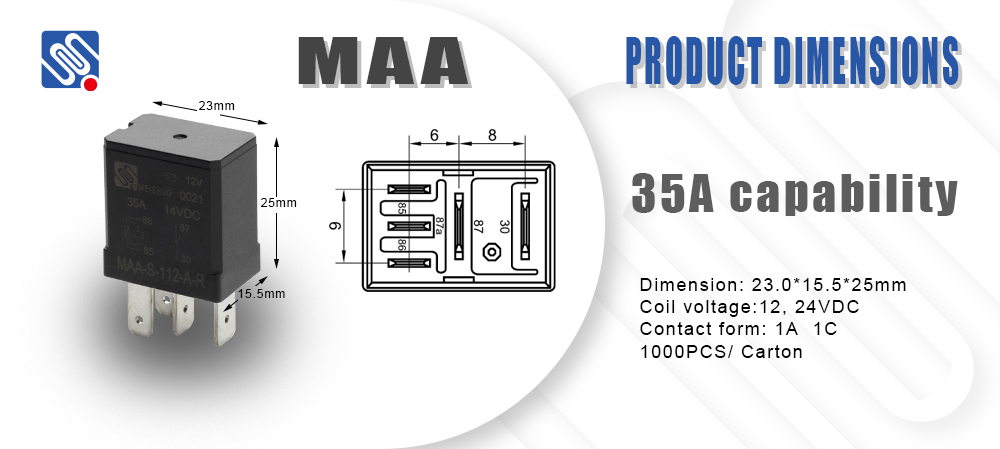understanding relay electrical diagram: a comprehensive overview
Release time:2025-10-27 18:09:47
Relays are fundamental components in electrical circuits, allowing low-power signals to control high-power devices. A Relay electrical diagram is a schematic representation that illustrates the electrical connections and working principles of a relay in a circuit. In this article, we will explore the different elements of relay diagrams, how relays function, and their importance in both industrial and consumer electronics.

What is a Relay?
A relay is an electrically operated switch that allows one circuit to control another, typically with the help of a low-power control signal. It consists of an electromagnet (coil), contacts, and an armature. When current flows through the coil, it creates a magnetic field that attracts or repels the armature, opening or closing the contacts. This process enables the relay to control higher-power circuits with a much smaller electrical input.
Components of a Relay Electrical Diagram
A Relay electrical diagram provides a clear and detailed visual representation of how the relay interacts within a circuit. Here are the main components commonly represented in such diagrams:

